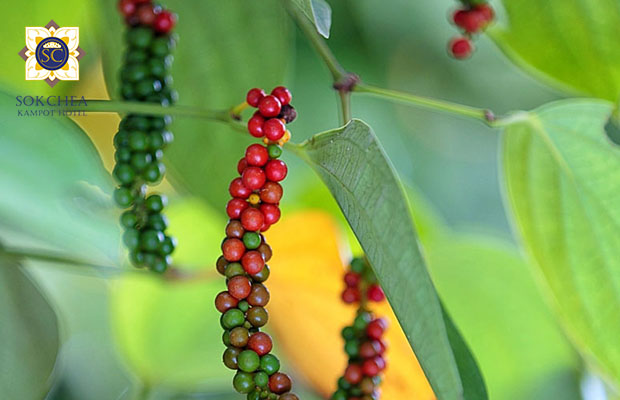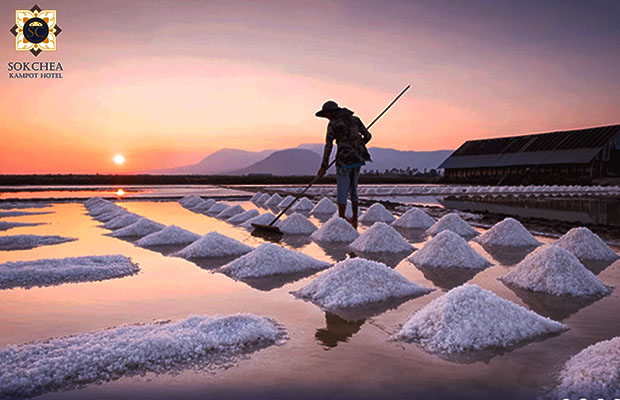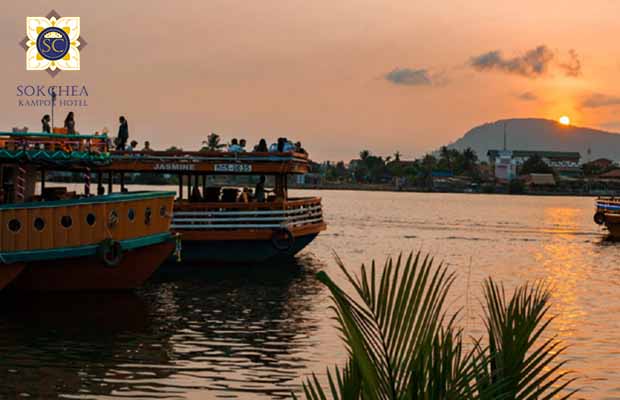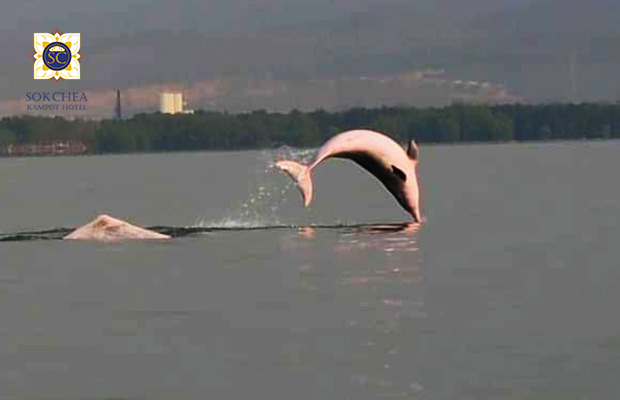Kampot pepper (Khmer: ម្រេចកំពត, mrech Kampot; French: poivre de Kampot) is a highly regarded black pepper cultivar grown in Cambodia’s Kampot Province. Historically known as Indochinese pepper during the French protectorate era, it derives its modern name from its cultivation region.
Certified as a geographical indication (GI) product in Cambodia since 2010 and in the European Union since 2016, this status ensures that only pepper from Kampot and Kep provinces can be labeled “Kampot Pepper,” preserving its quality and authenticity.
There are two primary varieties:
- Small Leaf Variety (កំចាយ, kamchay)
- Big Leaf Variety (lampong or belantoeung)
In 2016, Cambodia produced 11,819 tonnes of black pepper, with Kampot contributing significantly, although most production came from Tbong Khmum. Vietnam, in comparison, is the largest global producer with 155,000 tons in 2014.
The rise in market prices for pepper has led to new plantations in Cambodia, raising concerns about deforestation due to large-scale farming.
Kampot pepper’s distinctive flavor and high quality make it a prized ingredient worldwide. Its rich history, spanning centuries of cultivation, along with strict GI standards, ensure its status as a symbol of Cambodian agricultural excellence and heritage.










